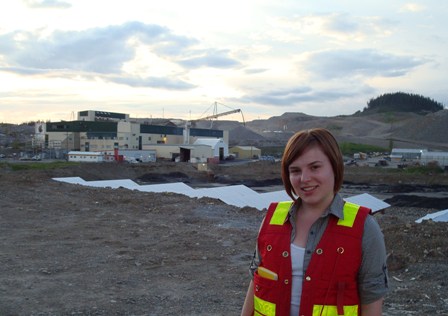-
Biography:
- I am currently a graduate student at Oregon State University under the supervision of Drs. Andrew Meigs and John Dilles. My research is being funded by Imperial Metals and will involve a reinterpretation of the structural geology at the Mount Polley mine, located near Likely, BC. I was drawn to this project by my keen fascination with structural geology, and particularly the role that structures play in the formation of ore deposits. Immediately prior to entering graduate school I completed a bachelor’s degree in geology with honours at Queens University. Throughout the course of completing this degree I was awarded the Principal’s scholarship, the Canadian Mineral Industry Education Fund scholarship, the William E White scholarship, the Medal in Geological Sciences.
During the last three summers I have worked as a student geologist for Pan America Silver Corp. I was given the opportunity to work at the La Preciosa project in Durango, Mexico and at the Navidad project in Chubut, Argentina, where I learned many of the fundamental skills of an exploration geologist. I was also able to complete an undergraduate thesis based off the data that I collected at Navidad. As a result of these experiences I plan to work as an exploration geologist following the completion of my master’s degree.
